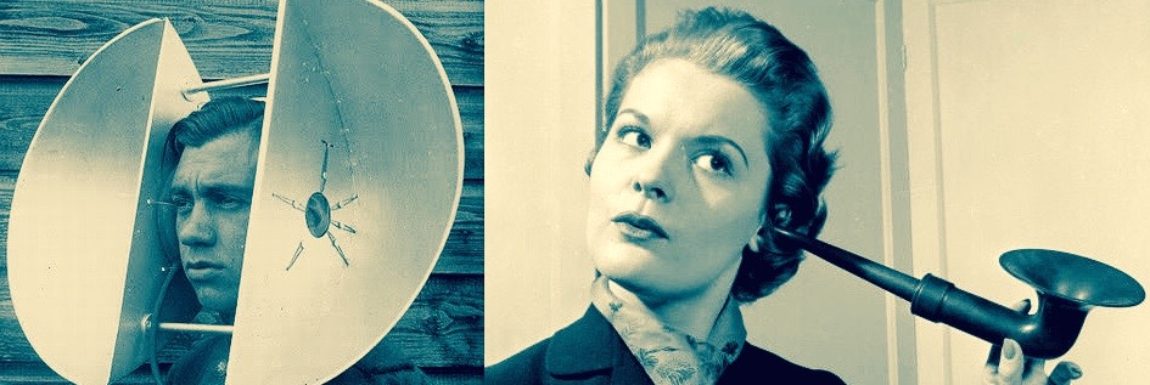
Inside the Cochlea (Courtesy C. G. Wright, Ph. D., UT Southwestern Medical Center, Dallas)
Rinri Therapeutics has a very ambitious goal. The British company’s ultimate aim is to reverse sensorineural hearing loss (SNHL), which is the cause of 90% of age related hearing loss. This year Rinri plans to take a major step toward that goal by conducting the first human trials of its pioneering therapy Rincell-1.
Rinri’s approach is unique. While other companies and researchers are focussed primarily on regenerating dead hair cells, Rinri is aiming to restore the lost connections between the hair cells and the auditory nerve. It’s an important distinction.
Hair cells line the fluid filled cochlea and move in response to the vibrations from the ear drum. In effect, they turn sound into movement. At the base of the hair cells are specialized clusters of cells known as auditory neurons which turn that movement into electrical signals that are passed on to the brain via the auditory nerve. Rinri is attempting to restore dead or damaged auditory neurons.

CEO Rinri Therapeutics
“We reckon that 75% of all sensorineural hearing loss is caused by dead or damaged hair cells”, says Rinri’s CEO Dr. Simon Chandler. “But the remaining 25% is caused by lost or damaged auditory neurons either alone or in combination with lost hair cells.”
Rinri will recruit 20 patients from across the UK. 10 of them, aged 60-74, will have age-related hearing loss (Presbycusis), and the other 10, aged 18 to 74, will have Auditory Neuropathy Spectrum Disorder (ANSD), a disorder where hair cells are functioning but their signals don’t reach the brain. All of them will receive cochlear implants along with Rincell-1.
“These are going to be the initial study candidates because they are all going to receive implants anyway”, says Dr. Lawrence Lustig of Columbia University and one of the world’s leading experts on hearing loss, “That’s partly because you have to go into the inner ear anyway to put in the implant and right next to that spot in the cochlea is the location where you can insert Rincell-1”

Columbia University
The hope is that Rincell-1 will revive the auditory neurons to create a better connection between the implant’s electrodes and the auditory nerve. “Maybe this technique will get the auditory neurons to grow back out to connect with the hair cells and get them working again. The initial animal studies look very promising.”
“Nobody has ever tried this in humans before”
Dr. Lustig sits on the trial’s Safety Monitoring Board, an independent group that is independent from Rinri and has no financial ties. Both Chandler and Lustig point out that the primary objective is to prove that Rincell-1 and the delivery systems are safe.
Beyond proving safety, the trials may improve the way implants function, “That would be a very nice outcome,” says Lustig. That’s a hope Chandler shares. “We are hoping that Rincell-1 will replenish the auditory neurons and significantly improve the performance of cochlear implants.


This is exciting news. My hearing loss was Sudden Sensorineural Hearing Loss. I hope the study expands to North America!